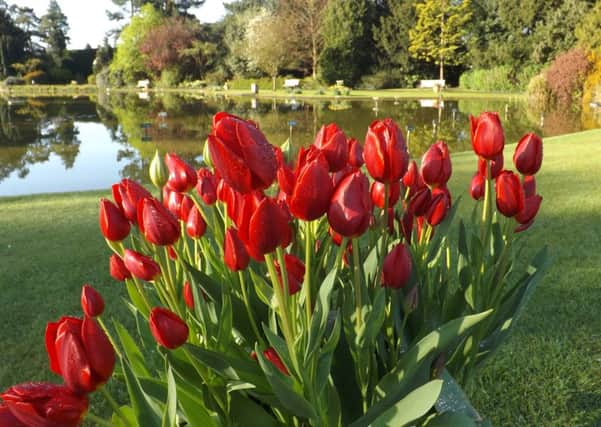Allergy-free gardens can be up to scratch


A lot of those plants will be innocent, but there are certainly some that can make life uncomfortable for all those poor folk who suffer from hay fever or other allergies
So it makes sense to avoid plants known to be responsible and cultivate, instead, those that are relatively low on pollen.
Advertisement
Hide AdAdvertisement
Hide AdIt’s certainly possible, but there are no guarantees – your next door neighbour’s garden may be packed with plants which could cause allergic reactions, and pollen knows no boundaries.
Here are some suggestions:
Apple (Malus), many dogwoods (Cornus), some magnolias, and female hollies are worth considering. Then there are shrubs such as hydrangea, rhododendron, Box (Buxus) when trimmed, and skimmia such as S japonica ‘rubella’ (again, female because the male form produces lots of fragrant, pollen-rich flowers in spring).
Herbaceous plants normally low on pollen include begonia, crocus, hosta, rose, daffodil, geranium, bergenia and tulips.
Definitely avoid most grasses, daisies and lilies or any really strongly-scented plants which are usually heavy with pollen. Trees such as ash, alder, willow, birch, cedar, pine, elm and maple all cause problems.